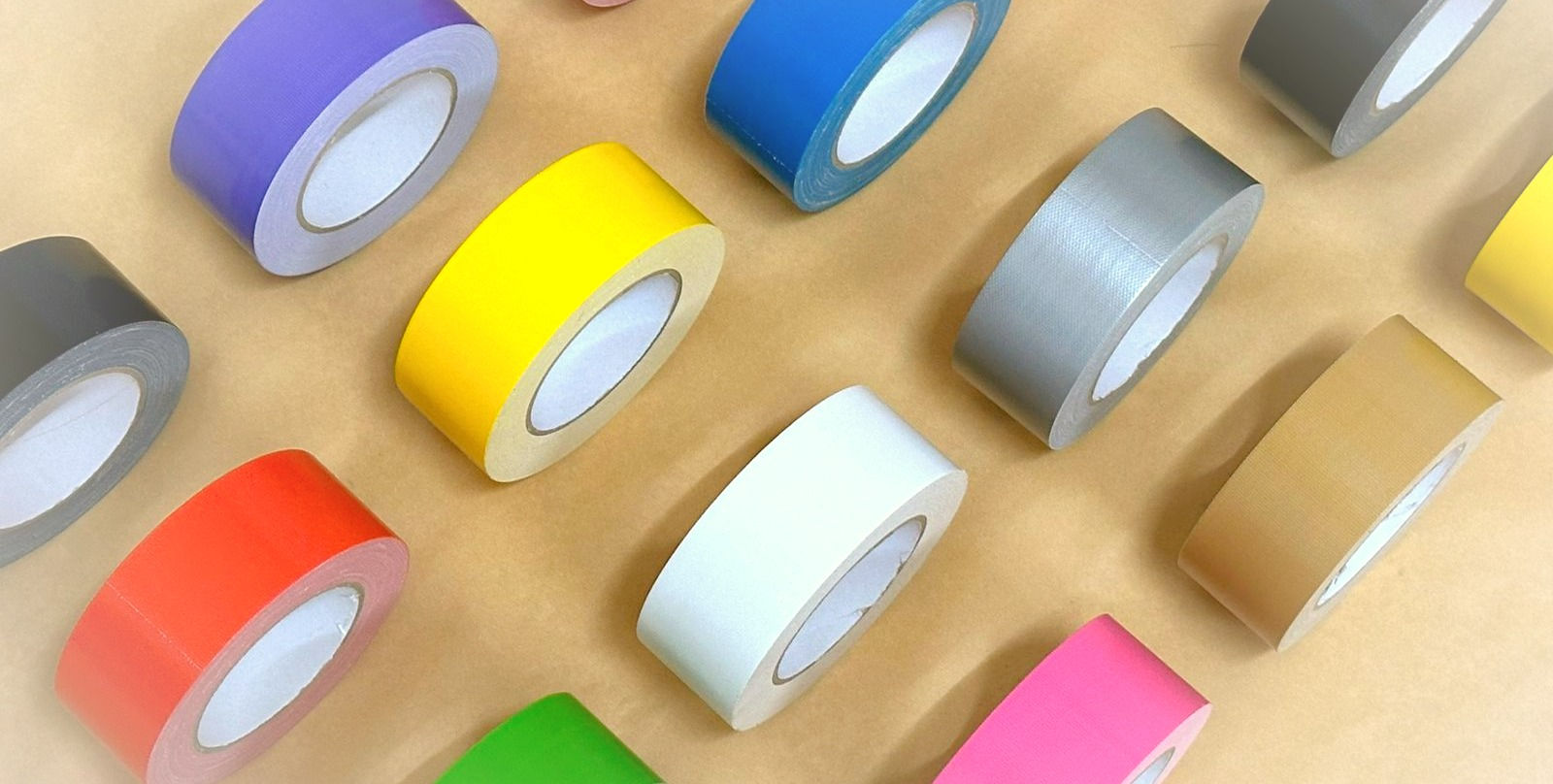How Natural Rubber Tapes Handle Dirty, Dusty, and Textured Surfaces Better Than Others
- PT. Okamoto Indonesia
- 2 days ago
- 3 min read

Not all tapes are made for the real world.
If you've ever tried sticking tape onto a dusty floor, a rough concrete wall, or a dirty cable run, you’ve probably noticed that some tapes just… don’t hold. That’s where natural rubber-based cloth tapes shine.
In environments where cleanliness and smooth surfaces aren’t guaranteed, natural rubber tapes continue to perform. Here’s why they outperform other adhesive systems—and why that matters for your business.
🌿 What Makes Natural Rubber Adhesive Different?
Natural rubber adhesives are made from the sap of rubber trees (Hevea brasiliensis), combined with tackifying resins and fillers. Unlike synthetic adhesives like acrylic or silicone, natural rubber is inherently “grabbier”—meaning it forms strong bonds quickly, even under imperfect conditions.
Key characteristics:
High initial tack (sticks fast)
Aggressive bonding to irregular or porous surfaces
Good wet-out ability (spreads over the surface to maximize contact)
🧱 Real-World Surfaces Are Rarely Perfect
In many industrial, construction, or event settings, surfaces aren’t clean and prepped. You’re dealing with:
Dusty floors or plywood stages
Textured concrete or brick
Dirty cable bundles
Uneven fabrics or tent structures
Cold, damp metal ducts
Natural rubber adhesive tapes are designed to push into those tiny gaps, pores, and irregularities, creating a strong mechanical bond where acrylic or hotmelt tapes might fail or peel off.
⚡ Quick Stick, No Waiting
Unlike acrylic adhesives, which need pressure and time to build strength, natural rubber tapes stick fast and stay stuck. This is especially helpful in time-sensitive environments like:
Live events and set builds
On-site construction work
HVAC and ductwork installations
Temporary fixes in industrial settings
No heat gun, no waiting—just tape it down and move on.
💨 Still Sticks When It’s Dusty
Let’s say you’re working in a warehouse or construction zone. There’s dust in the air and all over your work surface. Acrylic adhesives tend to lose bonding strength fast when dust gets between the tape and the surface.
But natural rubber adhesives are much more forgiving. They can:
Displace light dust or grime
Adhere to dirty or porous materials
Stay stuck even on surfaces that aren’t 100% clean
That’s not magic—it’s chemistry.
🎯 Ideal Applications for Natural Rubber Cloth Tapes
If your customers or team work in these industries, they’ll benefit from switching to a natural rubber cloth tape:
Event production / AV / stage crew – Quick stick on dirty floors, no residue on cables
Construction & HVAC – Strong hold on concrete, ducts, wood, and insulation
Manufacturing – Sealing, bundling, masking, and temporary fixes on shop floors
OEM / Industrial assembly – Where bond reliability is critical, even on textured plastics or fabrics
🧪 Test It Yourself
Not convinced? Here’s a simple test:
Take a piece of natural rubber cloth tape and a piece of acrylic-based cloth or duct tape
Stick both onto a dusty concrete or wood surface
Press down for 5 seconds, then pull up
Notice which one stays stuck, and how much adhesive remains
You’ll see exactly why pros still rely on natural rubber adhesives in rough conditions.
🧭 Final Thoughts: It’s About Real-World Reliability
When the surface is less than ideal—and let’s be honest, that’s most of the time—natural rubber-based cloth tape gets the job done. It saves time, prevents rework, and earns trust on the job site.
If you’re a distributor, OEM brand, or industrial buyer, offering or specifying natural rubber-based tapes can make a real difference in performance and customer satisfaction.
👉 Want to test our natural rubber-based cloth tapes?Contact us for samples, spec sheets, or custom options tailored to your application.


Yorumlar